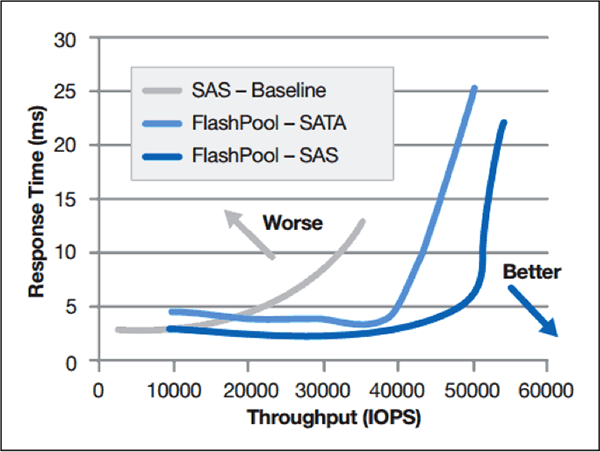

Percentage of used and free data capacity.The following information is displayed for an SVM with Infinite volume: Capacity Displays the following capacity-related details: You can also click the View All Events link to view the list of generated events. You can view more details about each of these events by clicking the event name. If the status of the volume is determined by multiple events of the same severity, the top three events are displayed with information such as the event name, time and date when the events were triggered, and the name of the administrator to whom the event is assigned. You can use the View Details button to view more information about the event. If the status of the volume is determined by a single event, you can view information such as the event name, time and date when the event was triggered, the name of the administrator to whom the event is assigned, and the cause of the event. You can move the pointer over the status to view more information about the capacity-related event or events generated for the volume.

Indicates that the volume has a capacity-related issue of a certain severity. Volumes with Capacity Issues The Volumes with Capacity Issues list displays, in tabular format, details about the volumes that have capacity issues: The following information is displayed for an SVM with FlexVol volume:Ĭapacity The Capacity area displays details about the used and available capacity allocated from all volumes:ĭisplays the total capacity (in MB, GB, and so on) of the SVM.ĭisplays the space used by data in the volumes that belong to the SVM.ĭisplays the guaranteed available space for data that is available for volumes in the SVM.ĭisplays the available space remaining for data that is allocated for thinly provisioned volumes in the SVM. If the selected SVM is an SVM with Infinite Volume, you can view capacity details about the Infinite Volume. For example, information is displayed about aggregates that are likely to breach the set threshold values. The information below the graph provides details about capacity issues that can impact or have already impacted the capacity of data in the SVM. The colors in the graph represent the different severity levels of the issues. Capacity Displays, as a graph, the total number of objects, including objects that have capacity issues and objects that do not have anyĬapacity-related issues. If the selected SVM is an SVM with Infinite Volume, you can view availability details about the Infinite Volume. You can also view information about the related protocols and services that are currently running, and the number and status of NFS exports and CIFS shares.

For example, information is displayed about the NAS LIFs and the SAN LIFs that are down and volumes that are offline. The information below the graph provides details about availability issues that can impact or have already impacted the availability of data in the SVM. Availability Displays, as a graph, the total number of objects, including objects that have availability issues and objects that do not have any availability-related issues. For example, you can click the volume capacity graph that displays warnings to view the list of volumes that have capacity issues with severity as warning. You can click the graph of an object to view the filtered list of objects. Capacity issues are related to the data-storing capability of the SVM objects. Availability issues are related to the data-serving capability of the SVM objects. The Health tab displays detailed information about data availability and data capacity issues of various objects such as volumes, aggregates, NAS LIFs, SAN LIFs, LUNs, protocols, services, NFS exports, and CIFS shares.


 0 kommentar(er)
0 kommentar(er)
